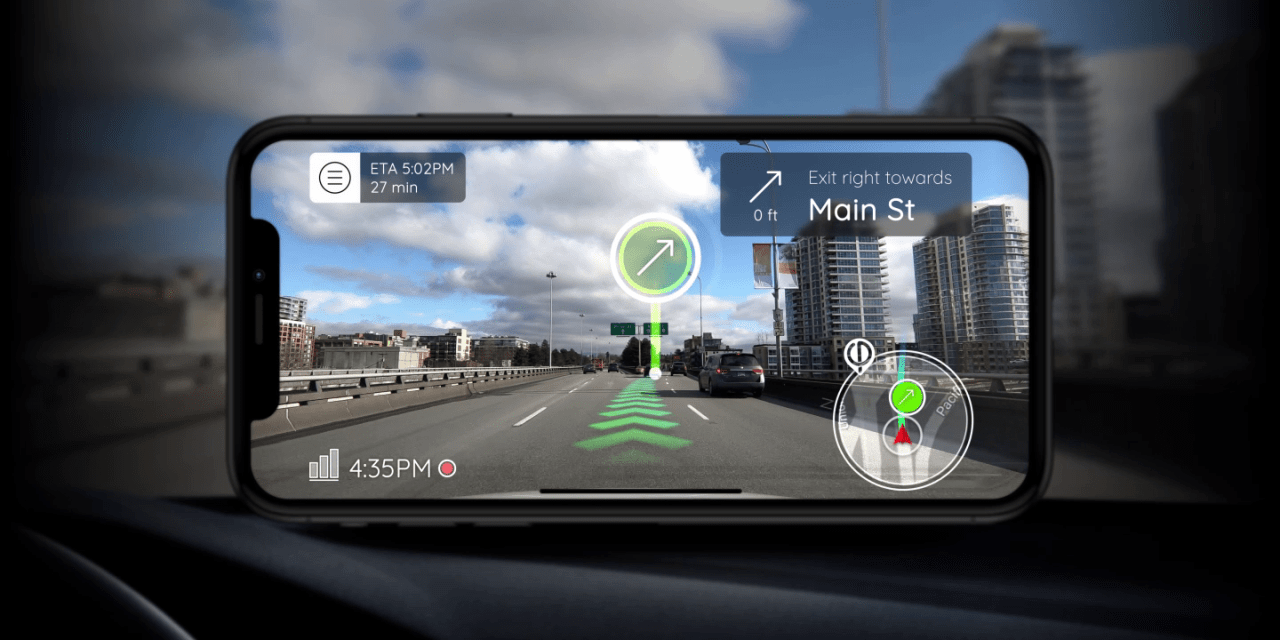In the vibrant landscape of technology, where augmented reality (AR) is often seen as just a novelty, Phiar is raising the bar with its innovative navigation app designed specifically for drivers. Launched with a promising seed funding of $3 million, this San Francisco-based startup is pushing the boundaries of what AR can accomplish in real-world driving scenarios. But what exactly makes Phiar stand out in a crowded market, and how is it shaping the future of navigation?
The Power Behind AR Navigation
Augmented reality is indeed a buzzword. Still, the real magic lies in the foundational technologies it encompasses, including machine learning, object recognition, and visual mapping. Phiar is not just another AR app; its unique approach allows it to provide real-time navigation assistance while also collecting valuable data to create richer mapping resources.
Understanding the Unique Proposition
Phiar’s navigation app offers more than a flashy interface. Its sophisticated system deeply analyzes the driver’s environment in real-time, ensuring that users receive precise navigation cues even when traveling at high speeds. The company faced the tough challenge of building technology that understands a quickly changing environment through a single camera. Instead of relying on standard mobile AR frameworks from giants like Apple and Google, Phiar crafted its own solutions capable of delivering immersive navigation experiences directly on the road.
- Real-Time Occlusion: Unlike conventional directional overlays, Phiar utilizes real-time occlusion techniques to seamlessly blend digital cues with the physical world, dramatically enhancing user interaction.
- Dash Camera Capabilities: As a bonus, the app records up to 30 minutes of video from each trip, effectively functioning as a dashcam to assist in insurance claims while providing anonymized mapping data.
The Promising Market Potential
The automotive industry represents a fertile ground for AR innovations. With a growing interest from businesses looking to harness effective mobile environments, Phiar is poised to meet the demanding needs of various partners, including autonomous vehicle manufacturers and ridesharing companies. The metadata collected from user interactions not only improves the app but also provides essential resources for companies involved in cutting-edge transportation technologies.
Building A Rich User Base
As CEO Chen-Ping Yu mentions, the future success of Phiar hinges on its ability to attract a substantial user base. The more drivers utilize the app, the richer the map data will become, significantly enhancing its value to partner organizations. The integration with automotive tech and ridesharing platforms will open new avenues for collaboration, making Phiar an indispensable tool in modern navigation.
Looking Ahead: Future Releases
With the consumer app set to release in mid-2019, the anticipation surrounding Phiar is palpable. The startup’s trajectory suggests that it is not merely an AR app but a comprehensive platform leveraging the intersection of technology to provide innovative solutions for today’s drivers while laying down the foundation for future transportation systems.
Conclusion
Phiar stands as a testament to what happens when forward-thinking technology meets pragmatic application in the world of navigation. By focusing on both the user experience and invaluable data collection, it embarks on a journey to set new standards in AR development.
At fxis.ai, we believe that such advancements are crucial for the future of AI, as they enable more comprehensive and effective solutions. Our team is continually exploring new methodologies to push the envelope in artificial intelligence, ensuring that our clients benefit from the latest technological innovations.
For more insights, updates, or to collaborate on AI development projects, stay connected with fxis.ai.

